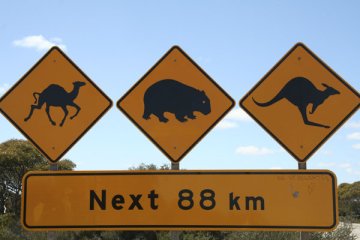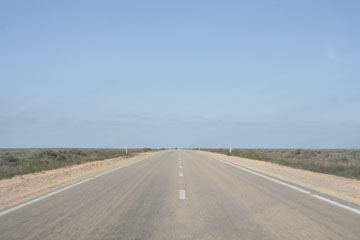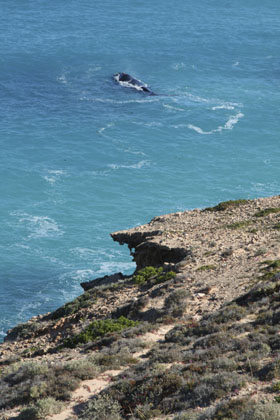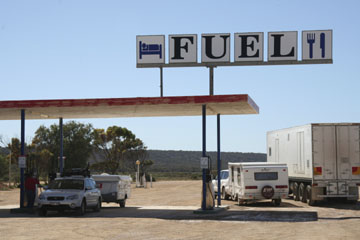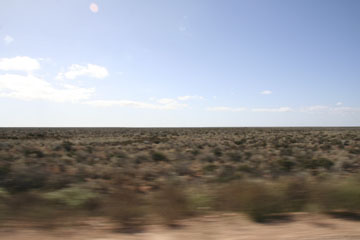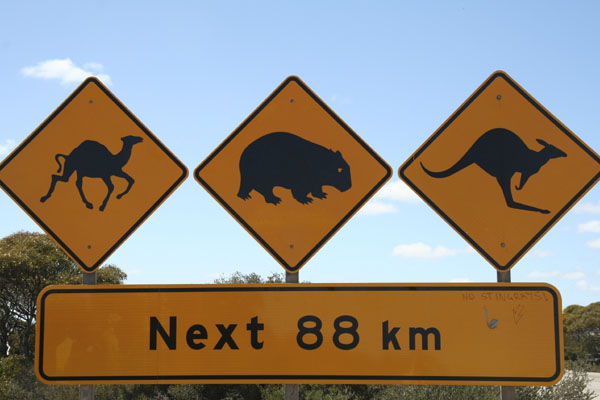
All photos by author
Any roadtripper planning to travel across Australia’s south between the states of Western Australia (WA) and South Australia (SA) will have to cross the Nullarbor. With a name literally meaning “no trees” (nullus arbor), it’s an apt description of the nearly 1700km featureless stretch along the Eyre Highway, between Norseman in WA and Port Augusta in SA.
